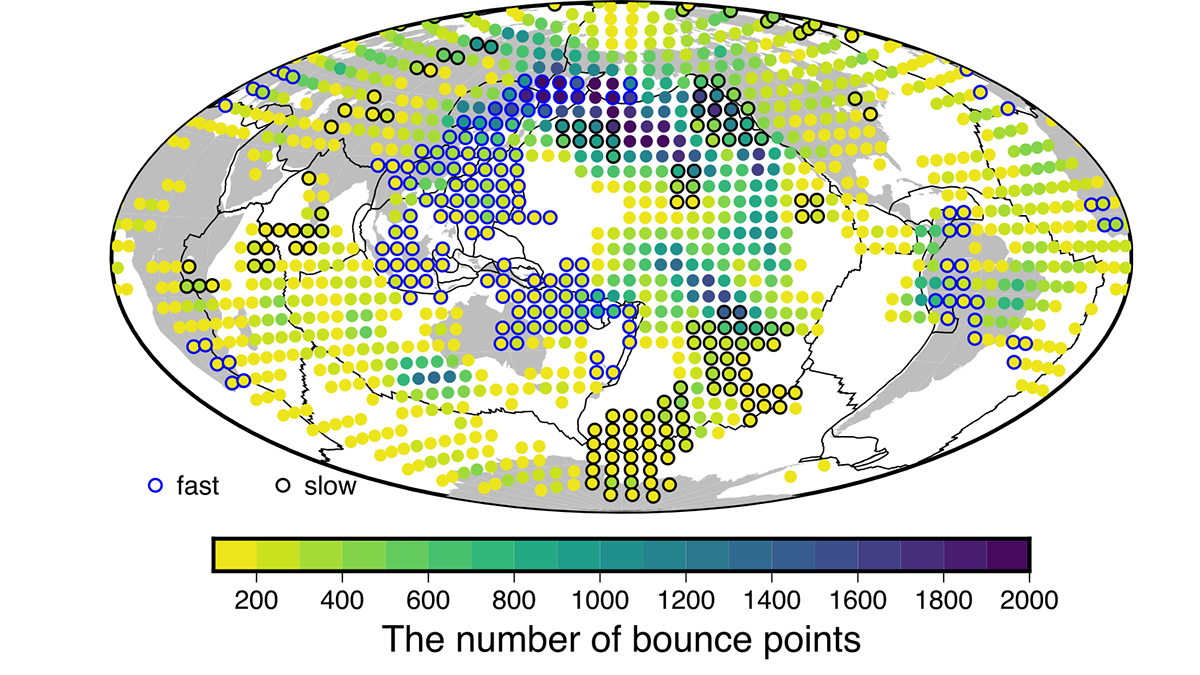Editors’ Highlights are summaries of recent papers by AGU’s journal editors.
Source: AGU Advances
Plate tectonics is a part of mantle convection. However, planetary evolution includes both thermal and compositional effects. During seafloor spreading, for example, the upper mantle material is fractionated into basaltic crust and a harzburgite layer. Recent seismological studies and geodynamic models suggest that when oceanic plates are recycled back into the mantle, the associated depth-dependent density differences can cause chemical layering around the 660 kilometers phase transition.
Analyzing seismic waveforms from underside reflections, Hao et al. [2024] provide new constraints on associated chemical variations with depth, finding that the basalt fraction decreases below 660 kilometers, creating a harzburgite-rich layer. While questions such as about the role of volatile variations remain, it is becoming clearer how chemistry significantly influences transition zone mass transport, reviving debates on mantle composition and evolution.
Citation: Hao, S., Wei, S. S., & Shearer, P. M. (2024). Substantial global radial variations of basalt content near the 660-km discontinuity. AGU Advances, 5, e2024AV001409. https://doi.org/10.1029/2024AV001409
—Thorsten W. Becker, Editor, AGU Advances

